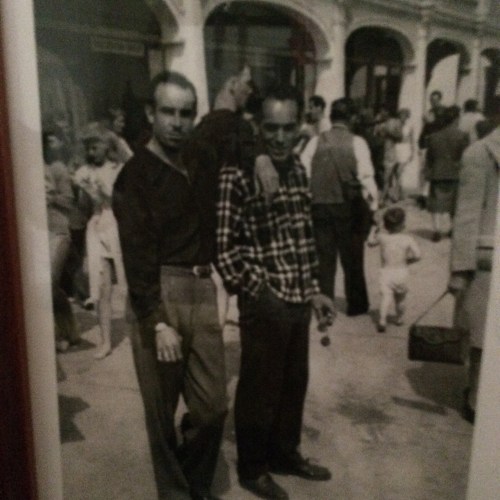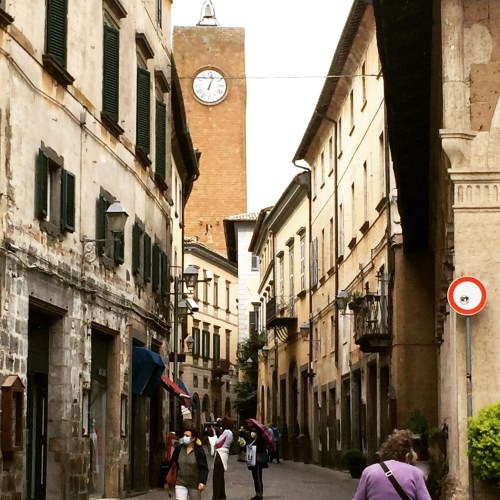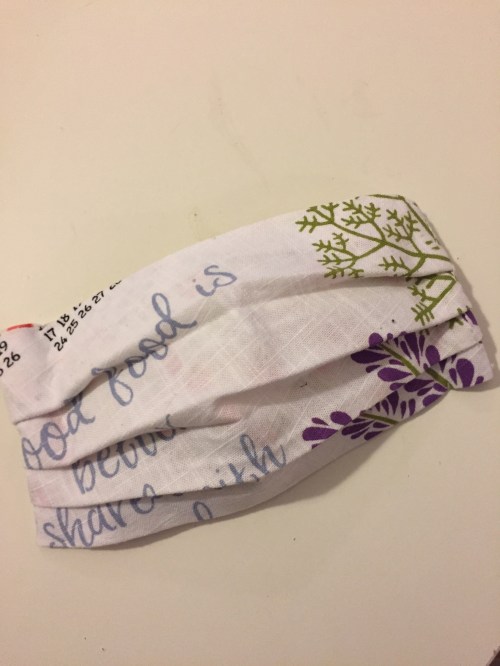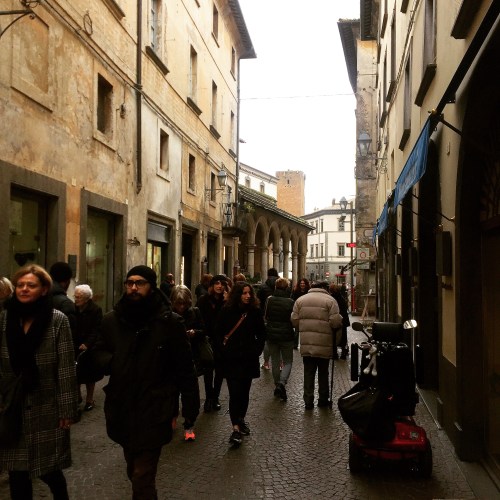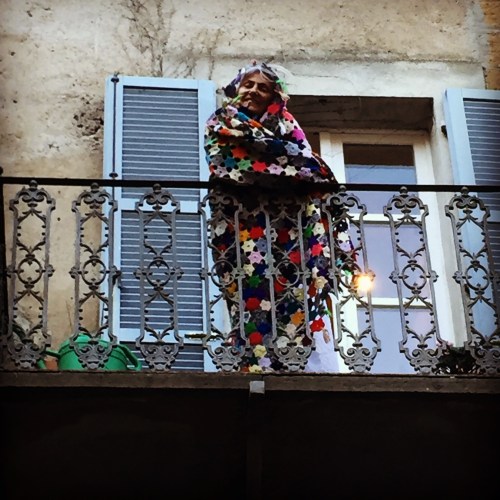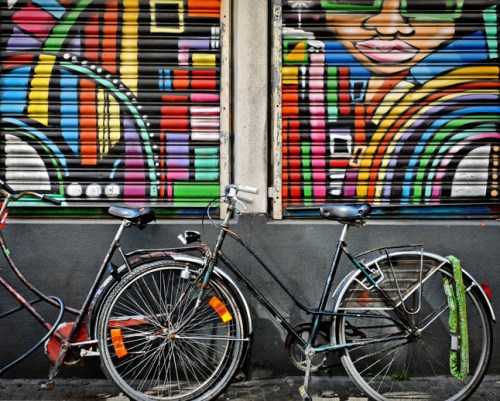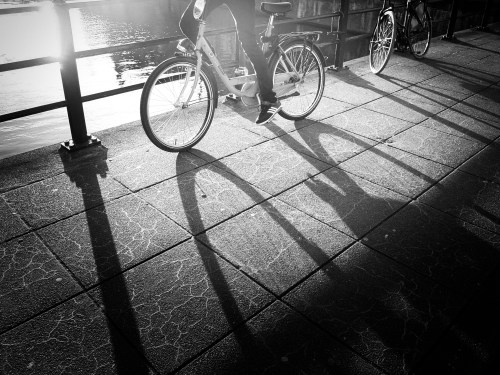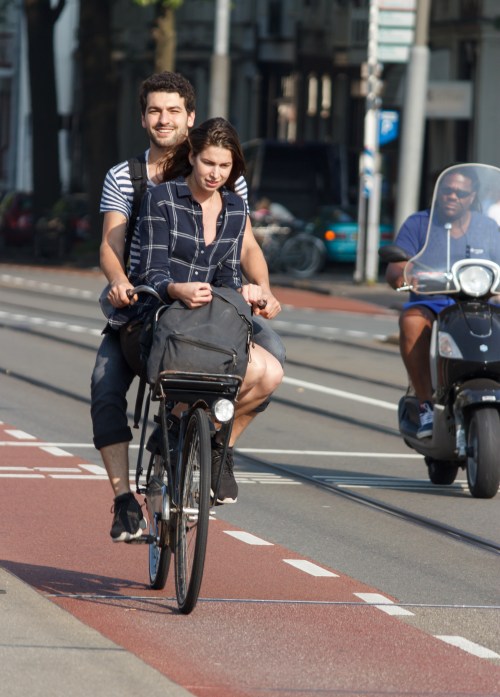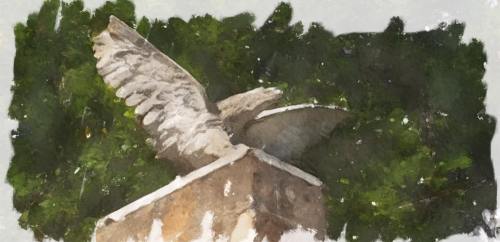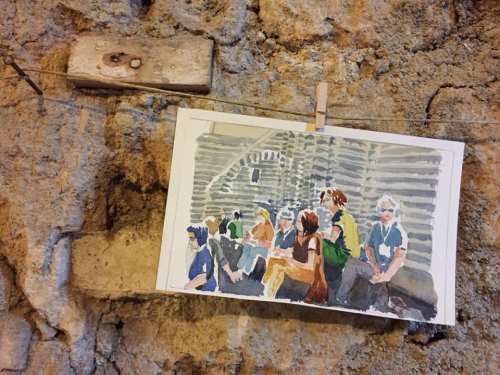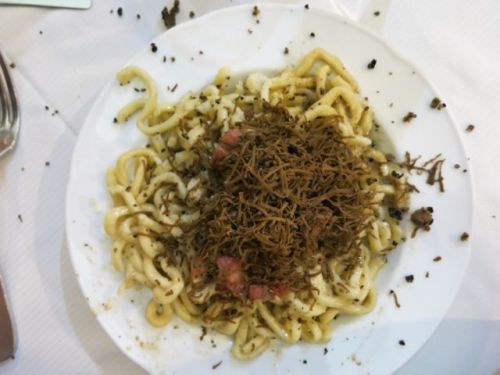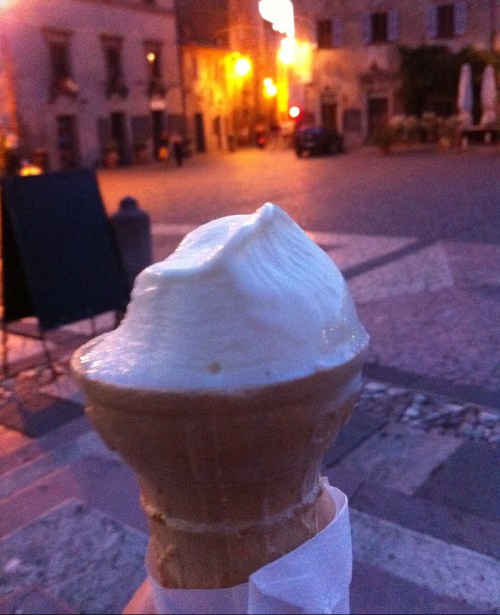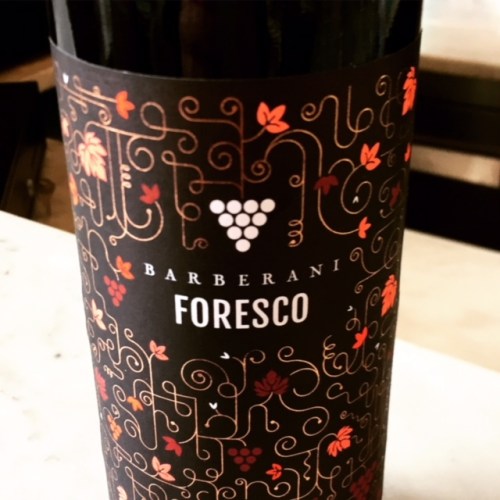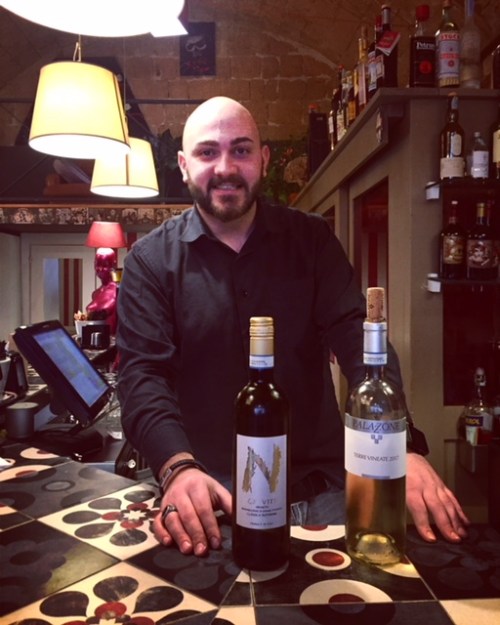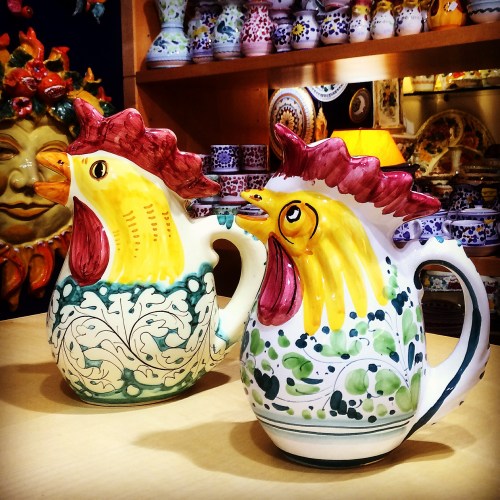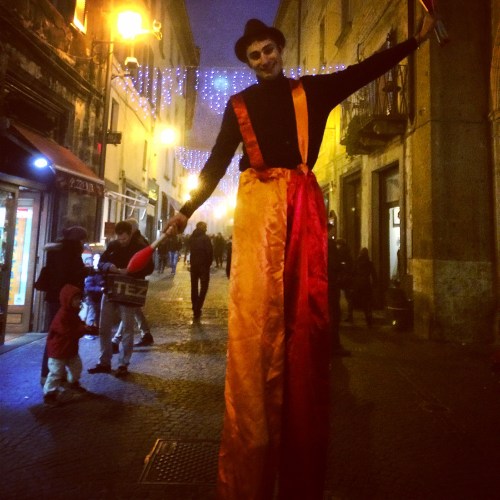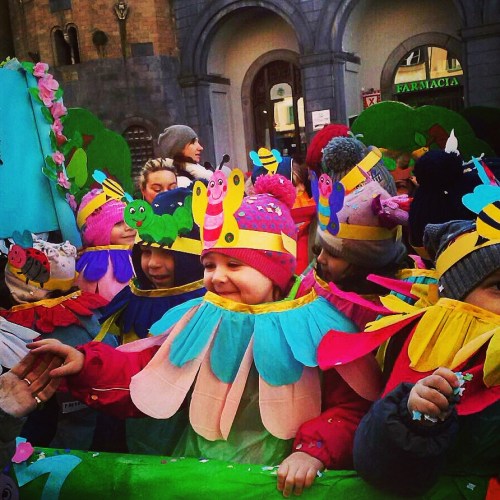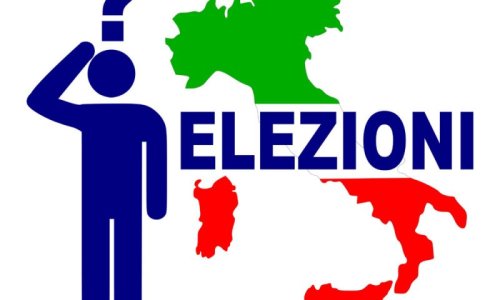
The Umbrian countryside on May 4, 2020
May 4th, 2020 marked the beginning of Phase Two of Italy’s emergence from more than two months in lockdown. Like millions of others in Italy, my Instagram and Facebook timelines depicted my breakout into the sunny, open space of freedom. Piazzas that were once deserted showed signs of life. In Orvieto, streets were occupied with familiar faces—covered in masks yet eyes smiling at the thought of better days ahead. We all knew this day would come. At some point, we have to venture out and learn to live with the virus.
I thought I was ready. On day two, I’m not so sure.
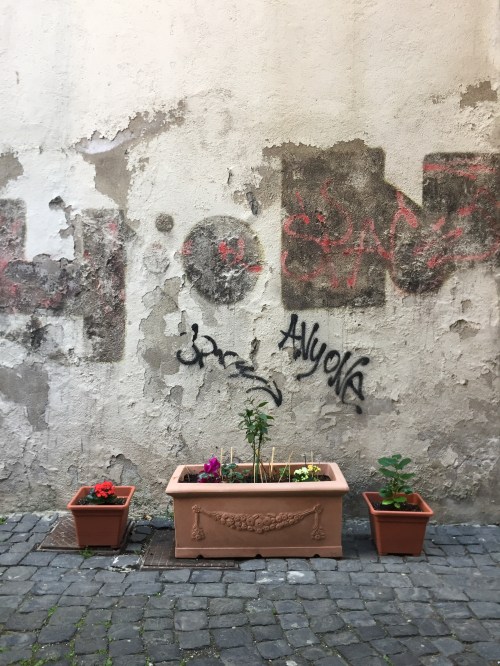
May 5, 2020
Grey, overcast skies replaced the bright blue ones of 24 hours ago. From my bed, I scrolled through my phone, jumping from article to alarming article about flattening curves, peaking contagions, a looming resurgence, and risks to a vulnerable workforce. I pulled the covers over my head to hide from the harsh reality: the end of the lockdown does not mean the end of the pandemic.
In her piece Why you might be dreading the end of lockdown in the Washington Post, my friend Elizabeth Heath wrote about her apprehension at leaving the safety of quarantine. “For those of us who haven’t been sick and who haven’t lost loved ones or jobs as a result of the pandemic, life has simply gotten strange — and really, really small. And while stay-at-home orders come with their own set of stressors, there’s also a certain comfort in being cocooned, of our routines being limited to a few permissible daily activities, and in just having to take care of the people and things in our immediate bubble.”
Phase Two offers a reprieve from my solitary confinement, but like a prisoner who’s become used to her captivity, I’m uneasy outside my apartment walls.
These days, nearly every conversation that dares to broach the subject of planning for the future, sputters out and dies with the phrase, “No one knows for sure.” No one knows when we can visit friends, share a meal, or travel outside our region to the seashore. I ask when will tourism resume? Will there be a vaccine or a treatment? How will businesses and families survive? When will I see my mom and son again? It’s an endless loop of questions that go unanswered. What I do know with absolute certainty is that we just can’t will this pandemic away.
